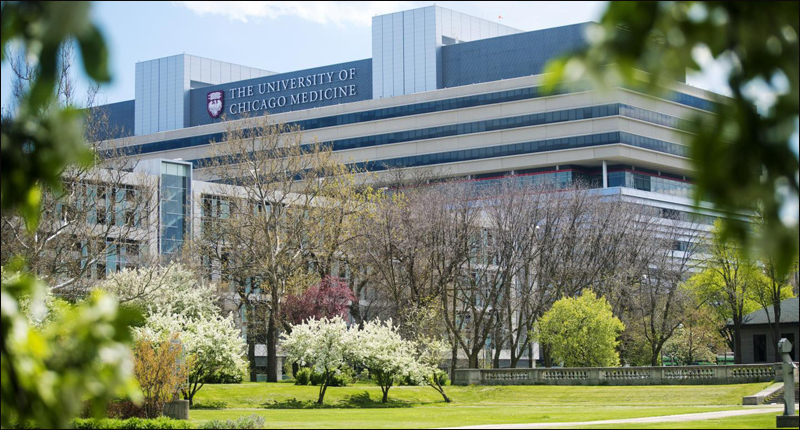Study reveals microbiome of newly opened hospital
Click Here to Manage Email Alerts
A recent study illustrates how bacteria colonize and spread between patients, staff and surfaces within a newly constructed hospital. Researchers say the findings may provide a context for future studies examining the transmission of hospital-acquired infections.
“We’ve created a detailed map, highly relevant to clinical practice, of microbial exchange and interaction in a large hospital environment,” Jack Gilbert, PhD, director of the Microbiome Center and professor of surgery at the University of Chicago, said in a press release. “This describes the ecology of a building, a thriving microbial ecosystem that regularly interacts with patients in a seemingly benign way — at least most people don’t appear to be negatively affected. It gives us a framework, something we can build on, showing how microorganisms enter and colonize a hospital environment.”
According to Gilbert, who also is a group leader in Microbial Ecology at Argonne National Laboratory, the Hospital Microbiome Project is the largest microbiome analysis of a single hospital and one of the largest microbiome studies to date. For the study, Gilbert and colleagues collected microbial samples from the University of Chicago’s Center for Care and Discovery 2 months before the facility opened on Feb. 23, 2013, and continued collecting samples for a year thereafter. They obtained 6,523 microbial samples from multiple sites in 10 patient care rooms, which were cleaned daily after opening, as well as two nurse stations on the surgical subspecialty floor and the hematology and oncology floor. They also collected skin samples obtained from the hand, nostril and armpit of 252 patients as well as samples from hands, gloves, shoes, pagers, shirts, computers and phones belonging to nursing staff, according to the release.
Before opening, the most common bacteria on floor and nurse station surfaces included Acinetobacter and Pseudomonas. After opening, however, these dominant bacteria were replaced with skin-associated genera such as Corynebacterium, Staphylococcus and Streptococcus.
“Before it opened, the hospital had a relatively low diversity of bacteria,” Gilbert said in the release. “But as soon as it was populated with patients, doctors and nurses, the bacteria from their skin took over.”
On a patient’s first day in the hospital, room-associated bacteria typically moved from surfaces toward the patients. However, the patients’ own microbial signatures influenced the room microbiota over time, the researchers wrote. By the next day, the majority of bacteria began to move in the other direction from the patient to the room, particularly the bedrails.

“Within 24 hours, the patient’s microbiome takes over the hospital space,” Gilbert said in the release.
There were two unexpected findings, according to the release. The researchers discovered that staff members shared more nose- and hand-associated bacteria with each other when humidity was higher. In addition, surgery and treatment with antibiotics or chemotherapy had a minimal impact on the bacterial diversity of patients’ skin. Although antibiotics administered intravenously or by mouth had little effect on skin microbiome, topical antibiotics, as expected, “wiped out the skin microbes,” according to Gilbert.
Further analyses of 92 samples collected from patients with longer hospital stays and the rooms that they occupied for multiple months showed that some potentially harmful bacteria such as Staphylococcus aureus and Staphylococcus epidermidis managed to acquire antibiotic resistance genes. These genes were consistently more likely to be found on room surfaces than on patients.
“As the influence of human microbial ecology on patient care and recovery in the hospital environment becomes better understood, being able to reinforce beneficial microbial interactions and mitigate harmful ones throughout the course of hospitalization will become paramount,” the researchers concluded. – by Stephanie Viguers
Disclosure: The researchers report no relevant financial disclosures.
